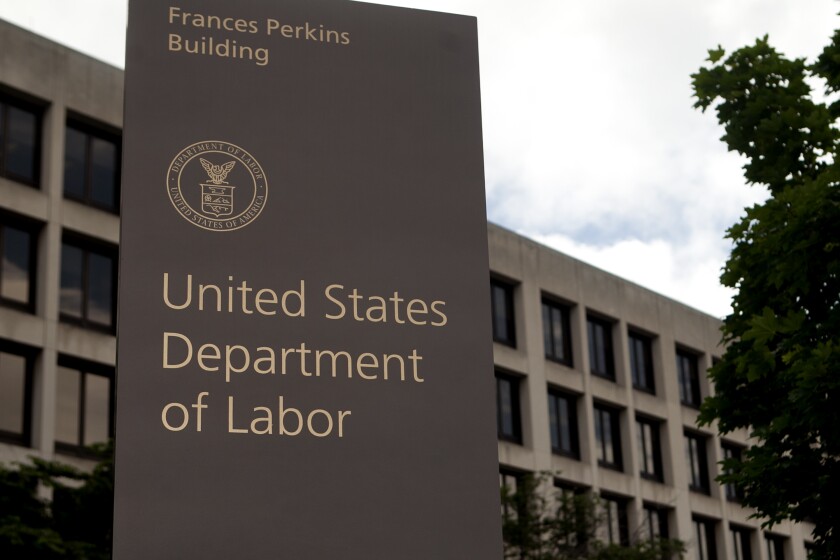The coronavirus shutdowns have tossed businesses into disarray in numerous ways, most notably the tricky transactions that come with operating a restaurant as a drive-through for the first time.
“We have all of the normal point of sale systems that all restaurants have. But none of the restaurants are really fully open right now so we've had to do things differently,” said Annie Baldwin, the owner of several dine-in restaurants, such as Wellman's, 1908 Draught House and Blu Toro, mostly in the Des Moines area.
Baldwin’s restaurants have offered take-out by letting people order ahead and either give a server a card or pay remotely through an app from their car. Each restaurant’s a bit different because the local rules vary. Baldwin’s restaurants have been operating as a mix of 50% capacity or delivery and pickup only.
“We’re swiping the cards at the car,” Baldwin said, adding that's worked better than phone ordering. “That’s new for us and we found a lot of people were uncomfortable with giving their card over the phone.”

Restaurants face numerous challenges that are often changing by the day as states gradually relax lockdowns with restrictions on capacity, serving and how consumers and staff work within the restaurant. The rules for restaurants are still evolving, though most involve social distancing requirements that favor mobile technology, such as a de-emphasis on menus in favor of mobile ordering and decentralizing payments. That means contactless payments and mobile card readers, which staff can use to enable payment without transferring cards by hand or using a single point of sale.
This technology already existed for restaurants before the pandemic. It’s a core product for Square and PayPal, as well as technology companies that focus more directly on restaurants, such as TouchBistro and TabbedOut.
The U.S. Small Business Administration and the Treasury Department relaunched the Paycheck Protection Program on Monday to new borrowers, prioritizing loans from community lenders.
Growth in small business jobs and wages declined last month as a result of the novel coronavirus pandemic, according to payroll giant Paychex.
The economic fallout from the coronavirus pandemic is continuing.
Baldwin has added mobile card readers to support delivery at a hotel that’s across from one of her restaurants. “The hotel doesn’t have a restaurant, and we have found we like the card swipe,” she said.
The unpredictability of what can open, and whether people will feel comfortable going to a restaurant, is a challenge that will linger. Other businesses are also struggling with how to change store layouts while adapting to new checkout procedures. Nonprofits and churches are also moving traditional donation practices online quickly.
While these moves were forced upon these organizations, the situation also opens an opportunity to build permanent revenue streams that were not there before, said Austin Mac Nab, CEO of VizyPay, a Des Moines-based payments technology firm that powers the mobile card readers at Baldwin’s restaurants.
Vizypay operates a community of locally-owned small businesses that promote each other through a mix of campaigns, signage and social media.
“Doing stuff like curbside pickup gets businesses and consumers used to different ways of doing things, which can be permanent or add to existing methods,” Mac Nab said. “It’s not all doom and gloom.”
Retailers have an opportunity to capture long-term loyalty based on how they respond to the crisis, particularly regarding experiences for shopping and payments, said Sebastian Siemiatkowski, CEO of Klarna, during a recent virtual conference on the coronavirus and its impact on retailers.
Consumers aren’t just migrating to digital channels, but are using these channels repeatedly as a mainstream choice rather than using an app for a single purchase or payment, Siemaitkowski said. “Frequency creates expectations,” he said.
Among those expectations are a tighter link between shopping and payments, making it easier to research, choose and pay in tight proximity. For restaurants, that would mean a tightly integrated menu and pay button.
While e-commerce has expanded, Siemiatkowski said the experience has not improved with adoption. In most cases, menus or choices at retailers look like digital versions of legacy print displays. Klarna, whose core business is point of sale credit, has been part of experiments in new retail concepts that combine e-commerce with brick and mortar.
“E-commerce is still a long list of items to scroll down,” he said, noting the emergence of livestreams as a replacement for in-person retail during the coronavirus shutdowns. “This will be a moment in time for digital and e-commerce to take that next step. And there is a way for local businesses to benefit from this…to use video and other e-commerce tools to build connections locally.”





